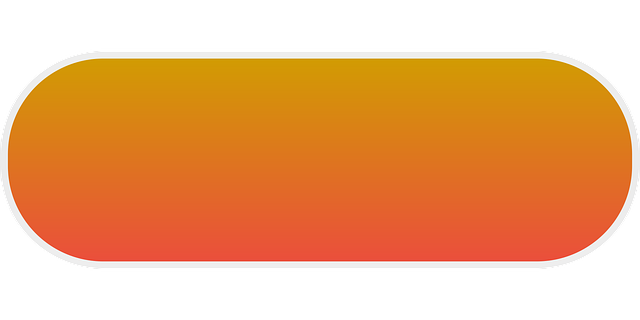AI plant health scoring using image databases has transformed agriculture by enabling farmers to monitor crops efficiently through machine learning analysis of high-resolution plant images. These databases, containing diverse plant conditions, empower AI models to accurately classify health status across various farming scenarios. The quality and comprehensiveness of these databases directly impact the performance and precision of AI plant health scoring systems, which can revolutionize horticulture through data-driven decisions, optimizing resource allocation, fertilization scheduling, and pest control for healthier, more aesthetically pleasing landscapes.
“Unleashing the potential of AI landscaping growth forecasting algorithms, this comprehensive guide explores the cutting-edge technology transforming horticulture. We delve into ‘AI plant health scoring by image database’, a revolutionary approach using machine learning to analyze plant images for precise health assessments. From understanding the science behind predictive algorithms to uncovering benefits and applications, this article offers an insightful overview. Discover how AI is revolutionizing horticultural practices, fostering healthier plants, and optimizing growth.”
- Understanding AI Plant Health Scoring: An Overview of Image Database Usage
- The Science Behind Forecasting Algorithms in AI Landscaping Growth
- Benefits and Applications: Revolutionizing Horticultural Practices with AI Technology
Understanding AI Plant Health Scoring: An Overview of Image Database Usage

AI plant health scoring by image database has emerged as a powerful tool in agriculture, revolutionizing how farmers monitor and manage their crops. This process involves using machine learning algorithms to analyze high-resolution images of plants, identifying visual cues that indicate stress, disease, or nutrient deficiencies. By feeding these images into a well-curated database, the AI models can learn to recognize patterns and classify plant health status with remarkable accuracy.
The image databases play a crucial role here, serving as repositories of diverse plant images representing various conditions. These databases enable the AI algorithms to generalize and adapt to new scenarios, making them versatile and applicable across different farming practices. The more comprehensive and well-maintained these databases are, the better the AI models can perform, ultimately enhancing the precision of plant health scoring.
The Science Behind Forecasting Algorithms in AI Landscaping Growth

The Science Behind Forecasting Algorithms in AI Landscaping Growth
In the realm of AI landscaping, growth forecasting algorithms play a pivotal role in predicting and enhancing plant health through advanced image analysis. By leveraging vast databases of plant images, these algorithms employ machine learning techniques to score plant health based on visual cues. This process involves meticulous training on diverse datasets, enabling the models to recognize patterns indicative of healthy or stressed plants.
AI plant health scoring by image database leverages deep neural networks to extract intricate features from visual inputs. These features range from leaf color and texture to growth patterns and defects. Once trained, these algorithms can rapidly process new images, assigning health scores that serve as valuable insights for horticulturists, landscape architects, and farmers. This technology ensures timely interventions, fostering robust plant development in various settings.
Benefits and Applications: Revolutionizing Horticultural Practices with AI Technology

AI landscaping growth forecasting algorithms have the potential to revolutionize horticultural practices, offering precise insights and data-driven decisions for professionals in the industry. By leveraging machine learning techniques, these algorithms analyze vast amounts of data from plant databases, including high-resolution images, historical records, and environmental factors, to predict plant health, growth patterns, and optimal care requirements. This technology is particularly beneficial for large-scale landscaping projects where monitoring each plant individually can be challenging and time-consuming.
One significant application of AI in horticulture is the development of advanced plant health scoring systems based on image databases. Using computer vision algorithms, these systems can automatically assess plant conditions by analyzing images of leaves, flowers, or entire plants. This enables horticulturists to quickly identify stressed or diseased plants, allowing for targeted interventions and proactive disease management strategies. Additionally, AI-driven growth forecasting helps in optimizing resource allocation, scheduling fertilizations and pest control measures, and ensuring the overall health and aesthetic appeal of landscaped areas throughout their development phase.
AI landscaping growth forecasting algorithms, powered by advanced image databases, are transforming horticultural practices. By understanding AI plant health scoring and leveraging scientific forecasting models, these technologies offer unprecedented benefits. From precise resource allocation to predictive maintenance, they enhance efficiency, reduce costs, and foster healthier plant growth. Embracing AI plant health scoring methods promises a vibrant future for horticulture, where data-driven insights revolutionize how we nurture our landscapes.
